
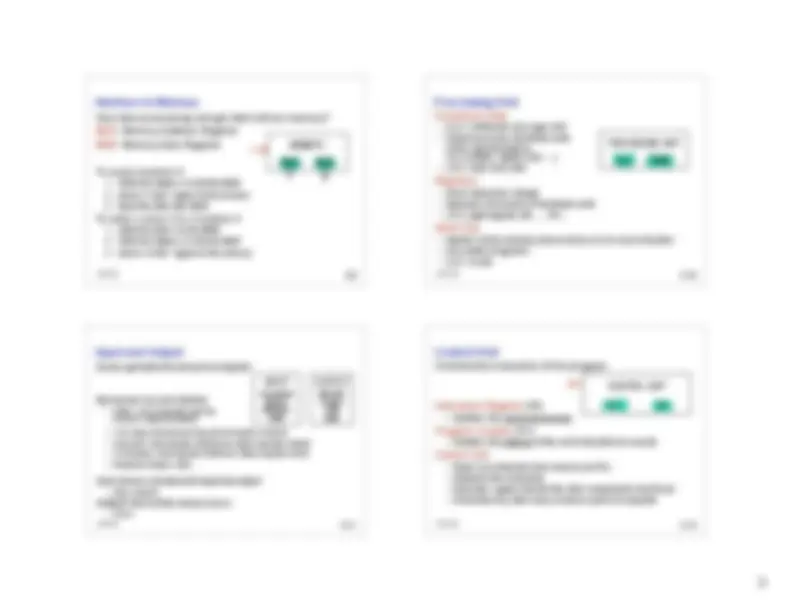
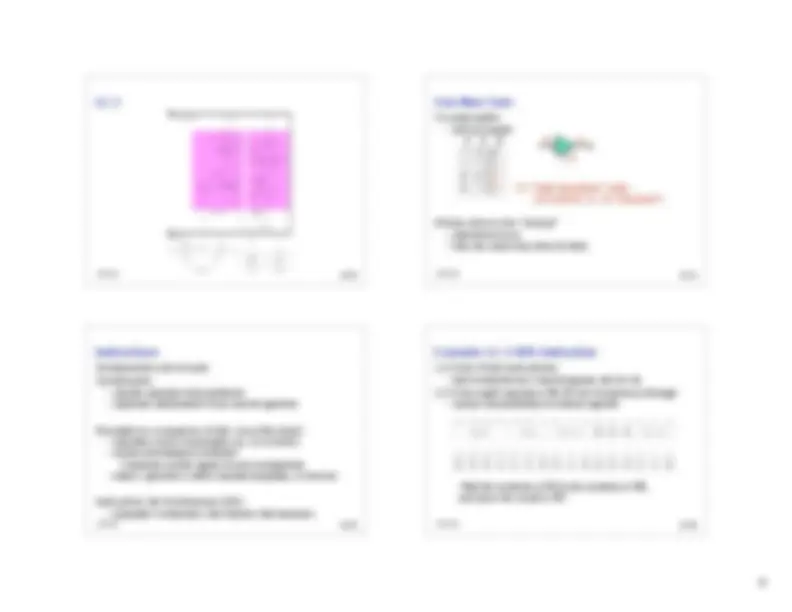
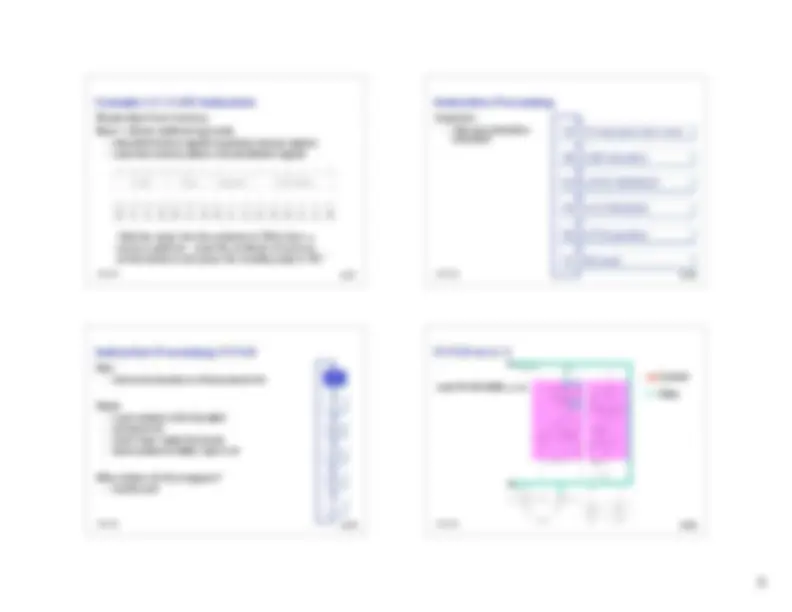
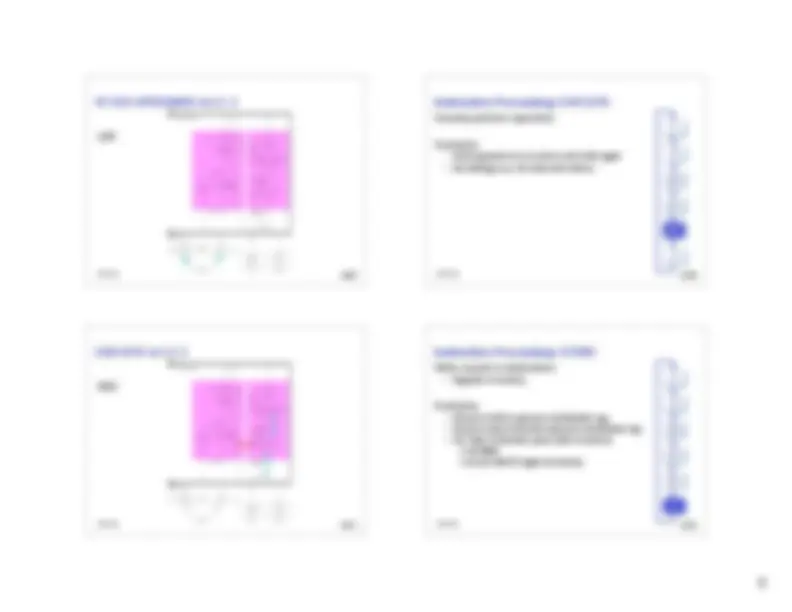
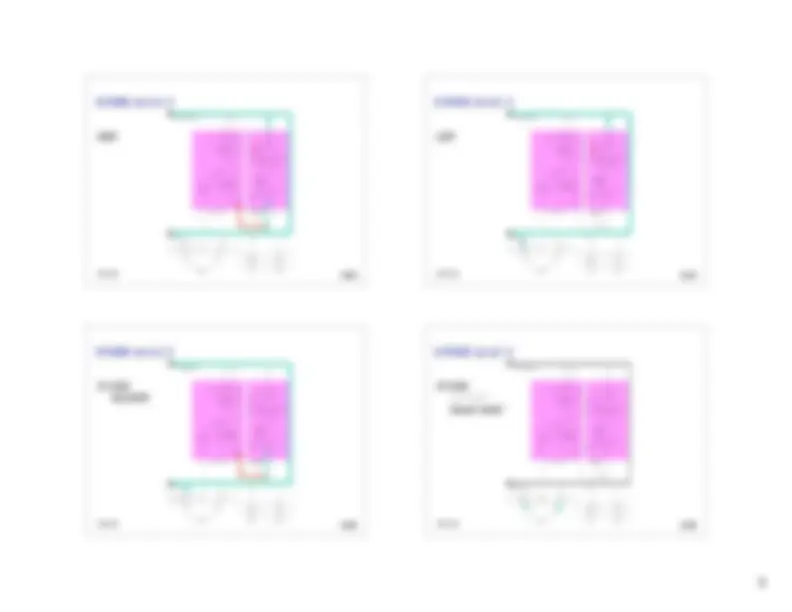
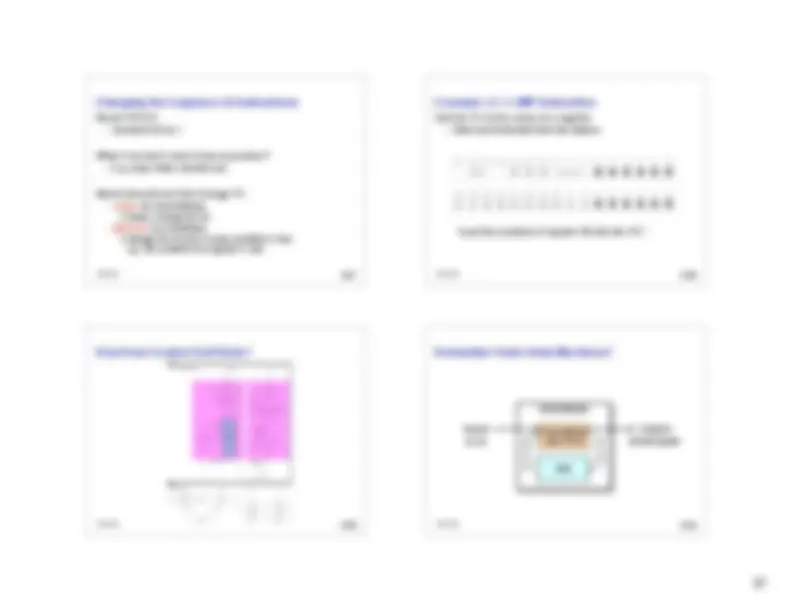



Study with the several resources on Docsity

Earn points by helping other students or get them with a premium plan


Prepare for your exams
Study with the several resources on Docsity

Earn points to download
Earn points by helping other students or get them with a premium plan
Community
Ask the community for help and clear up your study doubts
Discover the best universities in your country according to Docsity users
Free resources
Download our free guides on studying techniques, anxiety management strategies, and thesis advice from Docsity tutors
An overview of the Von Neumann Model of computer architecture, which is a fundamental concept in modern computing. The model describes how a computer processes instructions and data using a single shared memory. the history of early computers, the components of the Von Neumann Model, and the basic operations of loading, storing, and fetching instructions. It also explains the role of the control unit and the execution of instructions.
What you will learn
Typology: Exams
1 / 13

This page cannot be seen from the preview
Don't miss anything!








Based on slides © McGraw-Hill Additional material © 2004/2005 Lewis/Martin CSE 240 4- 2
Aside: Early Memories
1 0 M E R C U R Y Output Input Speaker “Microphone” CSE 240 4- 6 Context Continued: Stored Program Computer 1945: John von Neumann
Monitor Printer LED Disk
Memory
LC- CSE 240 4- 14 One More Gate
Instructions
Example: LC-3 LDR Instruction
Instruction Processing
Instruction Processing: FETCH
FETCH in LC- Load PC into MDR (inc PC)
Instruction Processing: EVALUATE ADDRESS
EVALUATE ADDRESS in LC-
Instruction Processing: FETCH OPERANDS
FETCH OPERANDS in LC-
FETCH OPERANDS in LC-
Instruction Processing: EXECUTE
EXECUTE in LC-
Instruction Processing: STORE
Changing the Sequence of Instructions
0 0 0 0 0 0 0 0 0 0 0 0 CSE 240 4- 39 How Does Control Unit Work? CSE 240 4- 40 Remember Finite State Machines? State Machine Combinational Logic Circuit Storage Elements
State Next state Current state PC,IR Control signals
Control Unit Details
Next Time